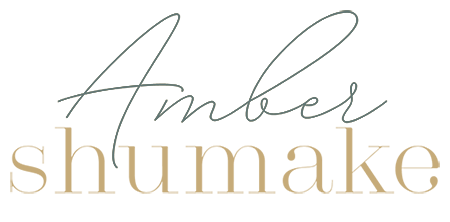What is a Somatic Table Session?
When I taught yoga for many years, I worked individually with students in private sessions. Most of my clients were elders who had chronic pain and deep holding in their bodies. What they expressed to me again and again was that sometimes when I would just place a hand on their shoulder, they’d feel it let go. At the time, I didn’t really understand why or how. Was it the connection– the gentle embrace? Was it the energy in my hand? Was it some Higher Power working through me? Was it just placebo because I was the teacher and they were the student?
Yes. No. I don’t know. I mean, can I answer that for the student? I don’t think so.
When I found somatic touch work though as a client lying on the table, I experienced immediate profound shifts. And, I resisted offering this work for a while– namely because asking people to come in and lie down on a massage table just felt a little weird where I live in Fort Worth, Texas.
Sure, I’ve done reiki and acupuncture and rolfing and massage. But, what is somatic touch work? Clients and potential clients want to know what to expect.
Typically, I ask clients to just come in and sit down in one of the chairs in my office, and we take a moment to explore what’s in the field today. Did you just arrive after sitting in traffic? Did your child have a meltdown this morning? Did you forget a change of comfortable clothes and now you are mad you have to lie down in your suit? I think of it like a weather report for your physiology.
And, then there’s typically a moment of readiness. The client begins to take off their shoes or motions toward the table or sits up a little taller in the chair. And, I ask them to take a seat on the table and determine which direction feels best. Maybe you’ve never considered such a question of orientation. I encourage you to explore both options and invite your body to determine its answer. And, more importantly, how do you know your body prefers to face south and not north? What happens? All of this becomes the material to understand your boundaries and sense of safety.
Then, as you lie down, there is the question of where to begin. Where would you like support? Or, let me back up a bit: would you even like support? What happens as you lie down? If you lie down and feel your body begin to relax, where does it first occur? What happens next? If you lie down and you begin to experience tension in your back, can you be with that and see what happens as you notice it? What happens to that tension when you notice the part of the body that isn’t tense?
Initially, there is quite a bit of talking as you track the sensation. And, then, I say, “I’m wondering about placing a hand here–” Here might be an ankle or the outer leg or a wrist or shoulder or elbow. “Would that be okay?”
Provided that it is, I place my hand there and begin to feel what my fingertips feel. Initially, I’m tracking the temperature, tone, pulsations. And, with a few seconds, something new happens. “Did you feel that?” The client will ask. “Yes, what was it like for you?”
“I felt this surge through my leg.”
“Surge…”
“Yes, it’s gone now.”
“Gone, okay, now that it’s gone, what do you notice instead?”
“Well, I feel my leg in a new way.”
“New– how?”
“It feels stronger and heavier but somehow lighter and more spacious, too.”
Many times the descriptions feel paradoxical. Somatic work enables us to hold the duality of opposites. Grounded can have both a heaviness and a lightness at the same time.
We continue to create more flow in various parts of the body. I move around to the other side of the body to cultivate symmetry. The body is not symmetrical, so what happens on the other side, may be completely different yet equally interesting.
At the end of the session, usually you rest for a few minutes to integrate the changes. And, when you emerge from the table, you feel different. With more awareness of your legs, walking feels novel. Not like Bambi first learning, but with just newfound connection to the earth beneath your feet. With more grounding, breathing feels more accessible. You might not require as much air. The rhythm is slower and less labored. There’s more room to breathe. With less bracing in your body, you sleep deeper and emerge more rested. With more regulation, you have access to your hunger cues. Your body is no longer reacting like a bear hibernating for winter or a gazelle being chased. You can feel fullness. These are just examples of the simple and profound effects that can occur.
